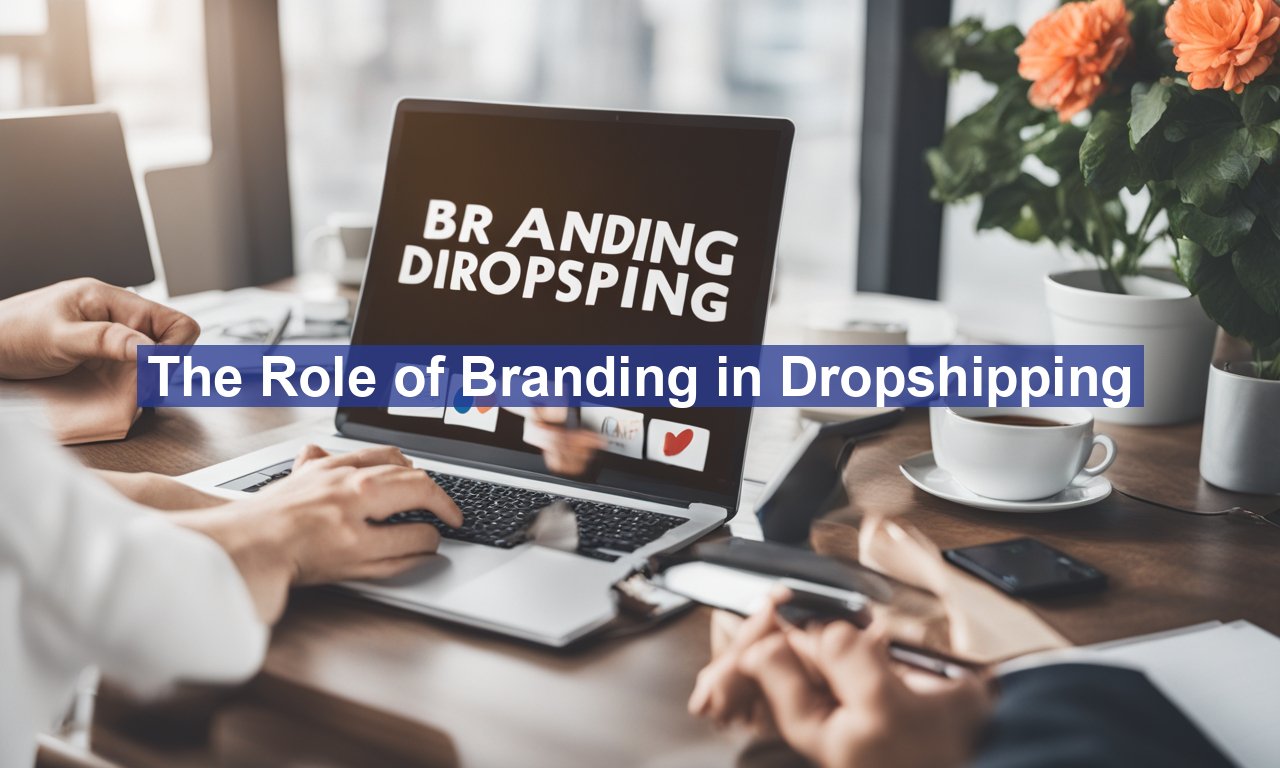Dropshipping is often touted as the easiest way to start an e-commerce business. But while removing the hassle of holding inventory certainly reduces upfront investment, it doesn’t eliminate the need for a strong brand. In fact, in the sprawling world of e-commerce, where thousands of stores offer similar or even identical products, branding might just be the golden ticket to distinguishing your business from the rest. This article delves into why branding is crucial in dropshipping, how it can significantly boost your business, and offers actionable strategies on how to successfully establish a strong brand presence.
Why Branding Matters in Dropshipping
In an industry driven by visual and first impressions, branding becomes your silent salesperson. **Why is branding so essential in this business model?** The simple answer lies in differentiation and trust-building. Here’s why:
- Creates Emotional Connection: Despite having similar products as numerous other dropshippers, a powerful brand creates an emotional bond with customers. Whether through storytelling, unique designs, or a compelling mission, branding allows you to connect with customers on a deeper level.
- Establishes Trust: A consistent and professional brand signals reliability and encourages trust. Customers are more likely to buy from a store that looks reputable and established, rather than a generic storefront.
- Boosts Perceived Value: Branding can elevate the perceived value of your products. Even if the item is widely available, a strong brand can justify a higher price point by offering a distinct experience rather than just a transaction.
Essential Elements of a Strong Brand in Dropshipping
To flourish in dropshipping, there are certain elements your brand must have. Let’s break it down:
- Brand Identity: This encompasses your logo, color scheme, and overall aesthetic. It’s the visual and emotional tone of your business.
- Unique Selling Proposition (USP): What makes your store different or better than others? Identify what unique benefits your customers get by choosing you.
- Voice and Messaging: The language and tone you use in communication should resonate with your target audience and reflect your brand’s personality.
Building Your Brand Identity
Creating a compelling brand identity involves more than good design. It requires a deep understanding of your target audience—what they value, aspire to, and how they consume content. Here are steps to guide you:
- Research Your Audience: To tailor your brand, you need to know your customers inside out. Utilize social media, forums, and feedback to gain insights.
- Define Your Brand Vision and Mission: Your vision is where you aspire to be, and the mission is your purpose. These should speak to your audience’s lifestyle and values.
- Invest in Quality Design: Your logo and website design should communicate professionalism. Consider hiring a designer if needed to ensure your visuals are top-notch.
- Create Consistent Content: Whether on social media or in email marketing, maintain consistency in tone, style, and information.
Developing a Unique Selling Proposition (USP)
Your USP is your chance to show customers why they should shop with you. Even with dropshipped products, you can have a compelling USP:
- Focus on Niche Products: Serving a specific niche often attracts a passionate audience with less competition.
- Leverage Storytelling: Narratives about your products’ benefits or your company’s journey can make your store more relatable and memorable.
- Excel in Customer Service: Exceptional customer service can distinguish you in an area where many dropshippers fall short. **Quick responses** and friendly support can enhance customer loyalty.
Marketing Your Brand
Once you’ve established your brand identity and USP, it’s time to bring it to the market. Here’s how:
- Utilize Social Media Platforms: Leverage platforms like Instagram, Facebook, and Pinterest that have a visual component. Share high-quality images and stories that align with your brand values.
- Engage With Influencers: Partnering with influencers who align with your brand can provide authentic endorsements and tap into niche markets.
- SEO and Content Marketing: **Create engaging blog content** that answers common queries about your products. This not only drives organic traffic but positions your brand as an authority. For more information, check out this SEO guide.
- Email Marketing Campaigns: Maintain a strong relationship with customers through regular, value-driven email content that reflects your brand’s personality.
Measuring Your Branding Success
Your branding efforts need to be evaluated regularly to ensure they’re having the desired impact. Keep an eye on these metrics:
- Customer Feedback and Surveys: What do your customers say about their experience? Regular feedback can highlight what’s working and where improvements are necessary.
- Brand Mentions and Engagement: Monitor social media and review sites for mentions of your brand. High engagement often signals success in your branding strategy.
- Repeat Purchase Rate: A strong brand usually translates to customer loyalty, reflected in customers returning to make additional purchases.
For more insights, you can also read this article on brand strategy metrics.
In conclusion, building a strong brand in the dropshipping industry is less about the products you sell and more about the story and experience you offer. By focusing on building a trustworthy, relatable, and unique brand identity, you not only separate yourself from competitors but also establish a long-lasting, loyal customer base that propels your business toward sustained success.


